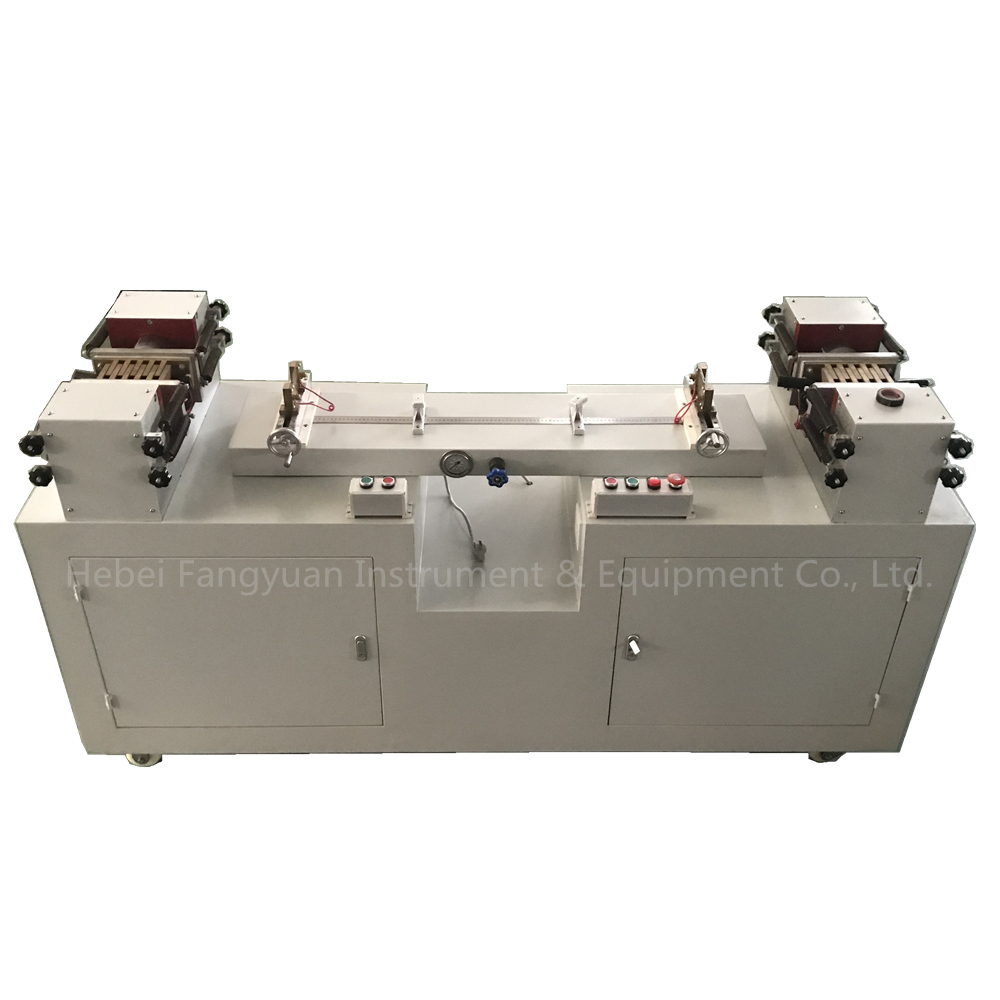Understanding Insulation Resistance Testing Procedures in Manufacturing Environments for Quality Assurance
Understanding Insulation Resistance Tests in Factories
Insulation resistance testing is an essential practice in industries that utilize electrical equipment. This process evaluates the effectiveness of insulation materials, ensuring that electrical systems are safe to operate and compliant with industry standards. In factories where machinery and electrical systems are integral to operations, performing insulation resistance tests with precision is crucial. This article delves into the significance, methodologies, and best practices related to insulation resistance testing in factory settings.
The Importance of Insulation Resistance Testing
Electrical insulation serves as a barrier against unwanted electrical current, preventing short circuits and protecting personnel from electric shocks. Over time, insulation can degrade due to various factors, including moisture, temperature fluctuations, mechanical stress, and chemical exposure. For this reason, insulation resistance testing becomes vital. Regular testing helps to
1. Prevent Equipment Failure Failing insulation can lead to equipment malfunction, which can result in costly repairs, unplanned downtime, and potentially hazardous situations.
2. Enhance Safety By ensuring that insulation resistance levels are adequate, facilities can minimize the risk of electric shock to workers and other personnel who may come into contact with electrical systems.
3. Ensure Compliance Many industries are subject to stringent regulations regarding electrical safety. Regular testing of insulation resistance helps ensure compliance with these regulations and standards.
4. Extend Equipment Lifespan By identifying and addressing insulation issues early, factories can prolong the life of their electrical systems and machinery.
Methodologies for Insulation Resistance Testing
Insulation resistance testing typically involves the use of an insulation resistance tester, often referred to as a megohmmeter. This device applies a high voltage to the insulation material while measuring the resulting resistance. The process generally follows these steps
1. Preparation Before testing, ensure that all equipment is de-energized and properly isolated. This step is critical for the safety of both the tester and the equipment.
2. Selection of Test Voltage Choose an appropriate test voltage based on the equipment specifications and the material being tested. Common test voltages range from 250V to 1000V, but some applications may require higher voltage.
insulation resistance tests factories

3. Conducting the Test Connect the megohmmeter probes; one probe to the conductor and the other to the ground. Activate the tester and record the resistance value displayed.
4. Interpreting Results Compare the measured resistance values against industry standards and manufacturer specifications. Generally, an insulation resistance of 1 megaohm or more is considered acceptable, but specific applications may require higher resistance levels.
5. Documentation Record the results for future reference and to track trends over time. This documentation is vital for audits and compliance checks.
Best Practices in Insulation Resistance Testing
To ensure accurate results and maintain safety during insulation resistance tests, factories should adopt the following best practices
- Regular Testing Schedule Establish a routine testing schedule based on the criticality of the equipment and industry requirements. Regular checks help identify insulation deterioration early.
- Training Personnel Ensure that all personnel conducting tests are adequately trained. Understanding how to operate testing equipment and interpret results is vital for maintaining safety and compliance.
- Environmental Considerations Be aware of environmental factors that may affect testing, such as humidity and temperature. It is advisable to avoid testing during adverse weather conditions.
- Maintenance and Repair Should testing highlight areas of concern, prompt maintenance or repair actions should be taken to address insulation issues.
Conclusion
Insulation resistance tests are a fundamental aspect of maintaining safety and operational efficiency in factories with electrical systems. By understanding the importance, methodologies, and best practices related to insulation resistance testing, factories can safeguard their equipment, protect their workforce, and comply with regulatory standards. Regular testing not only enhances safety but also contributes to the longevity and reliability of electrical systems, fostering a productive work environment.
-
Why the Conductor Resistance Constant Temperature Measurement Machine Redefines Precision
NewsJun.20,2025
-
Reliable Testing Starts Here: Why the High Insulation Resistance Measuring Instrument Is a Must-Have
NewsJun.20,2025
-
Flexible Cable Flexing Test Equipment: The Precision Standard for Cable Durability and Performance Testing
NewsJun.20,2025
-
Digital Measurement Projector: Precision Visualization for Modern Manufacturing
NewsJun.20,2025
-
Computer Control Electronic Tensile Tester: Precision and Power for the Modern Metal Industry
NewsJun.20,2025
-
Cable Spark Tester: Your Ultimate Insulation Assurance for Wire and Cable Testing
NewsJun.20,2025
 Copyright © 2025 Hebei Fangyuan Instrument & Equipment Co.,Ltd. All Rights Reserved. Sitemap | Privacy Policy
Copyright © 2025 Hebei Fangyuan Instrument & Equipment Co.,Ltd. All Rights Reserved. Sitemap | Privacy Policy
